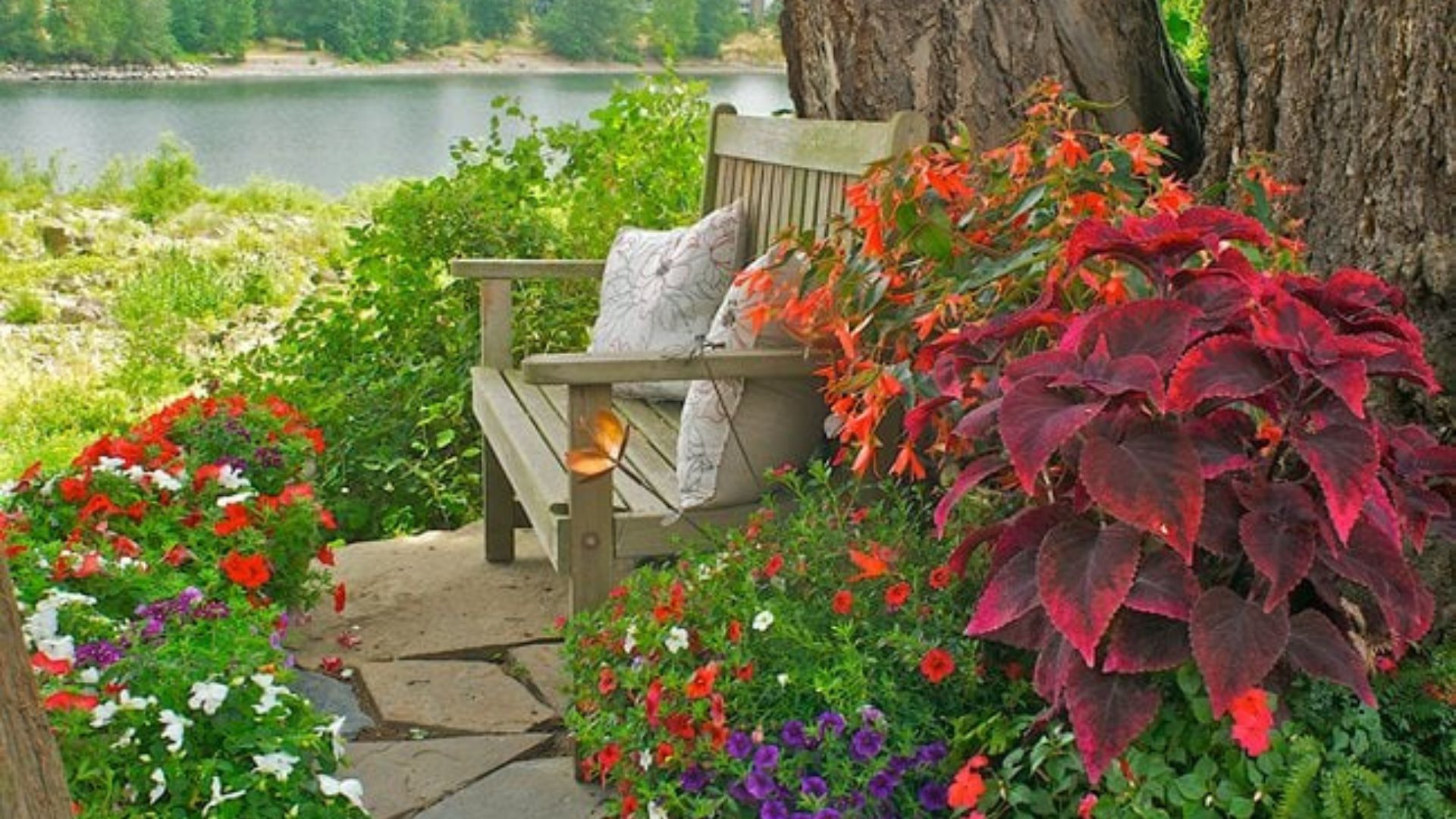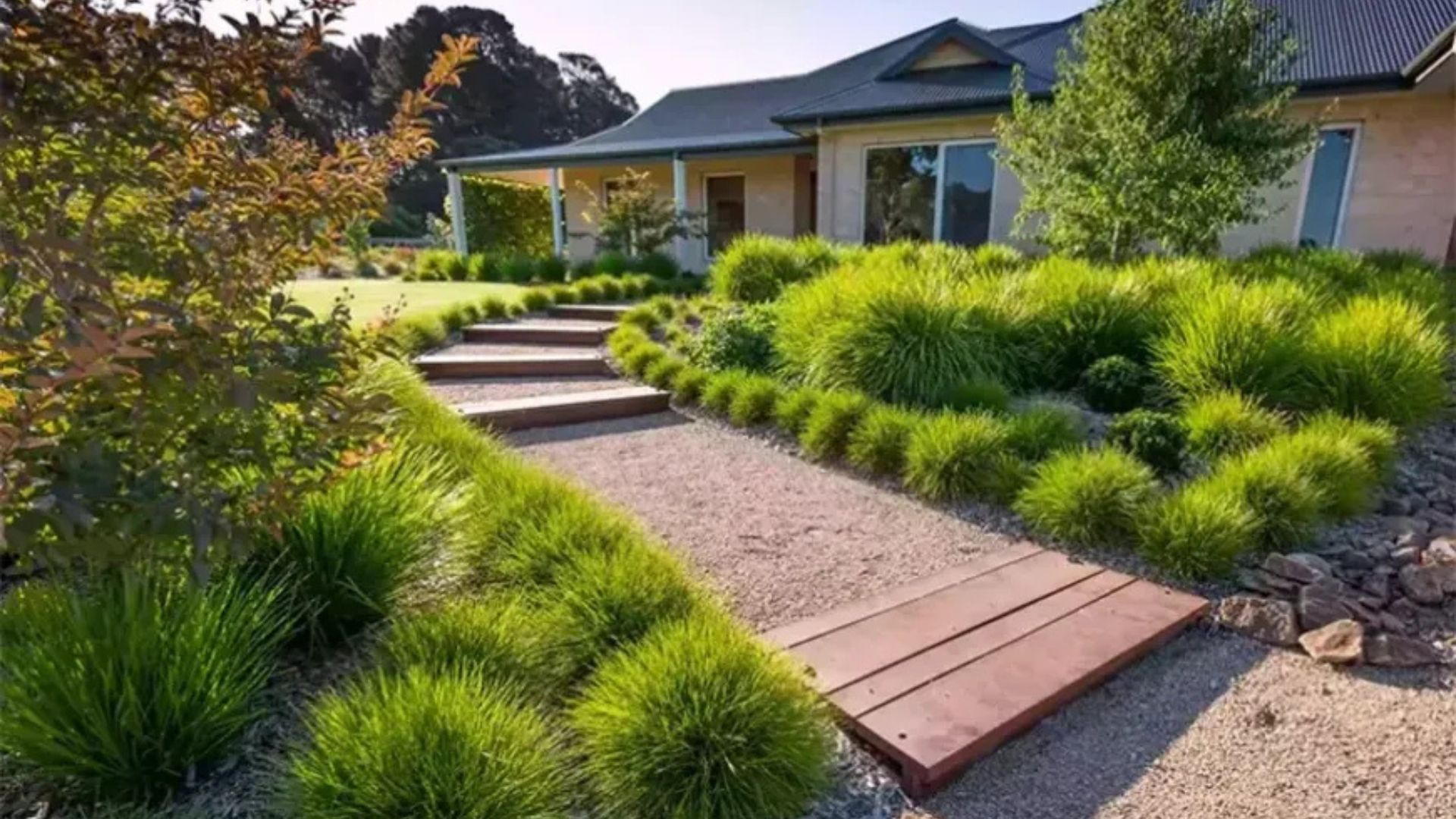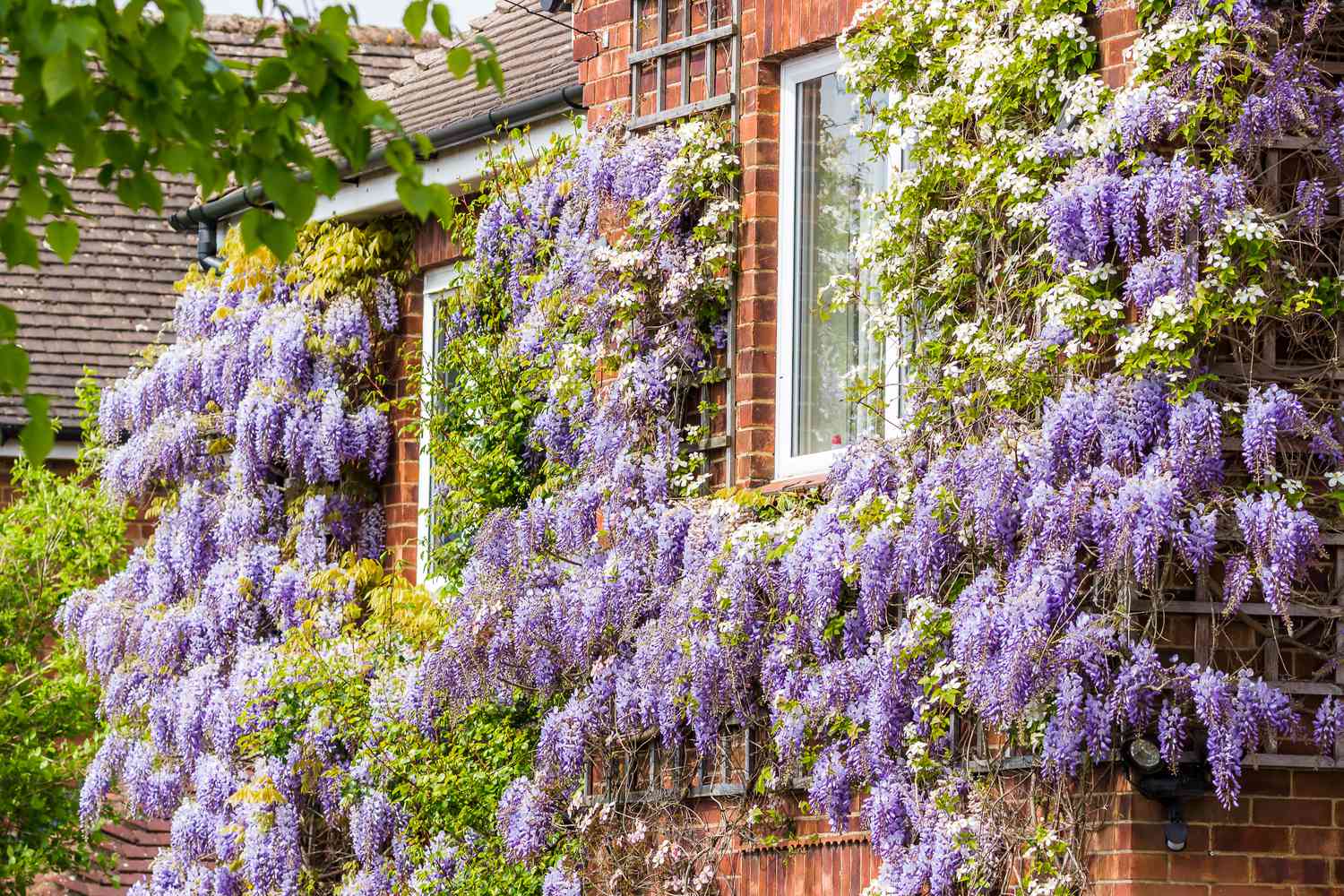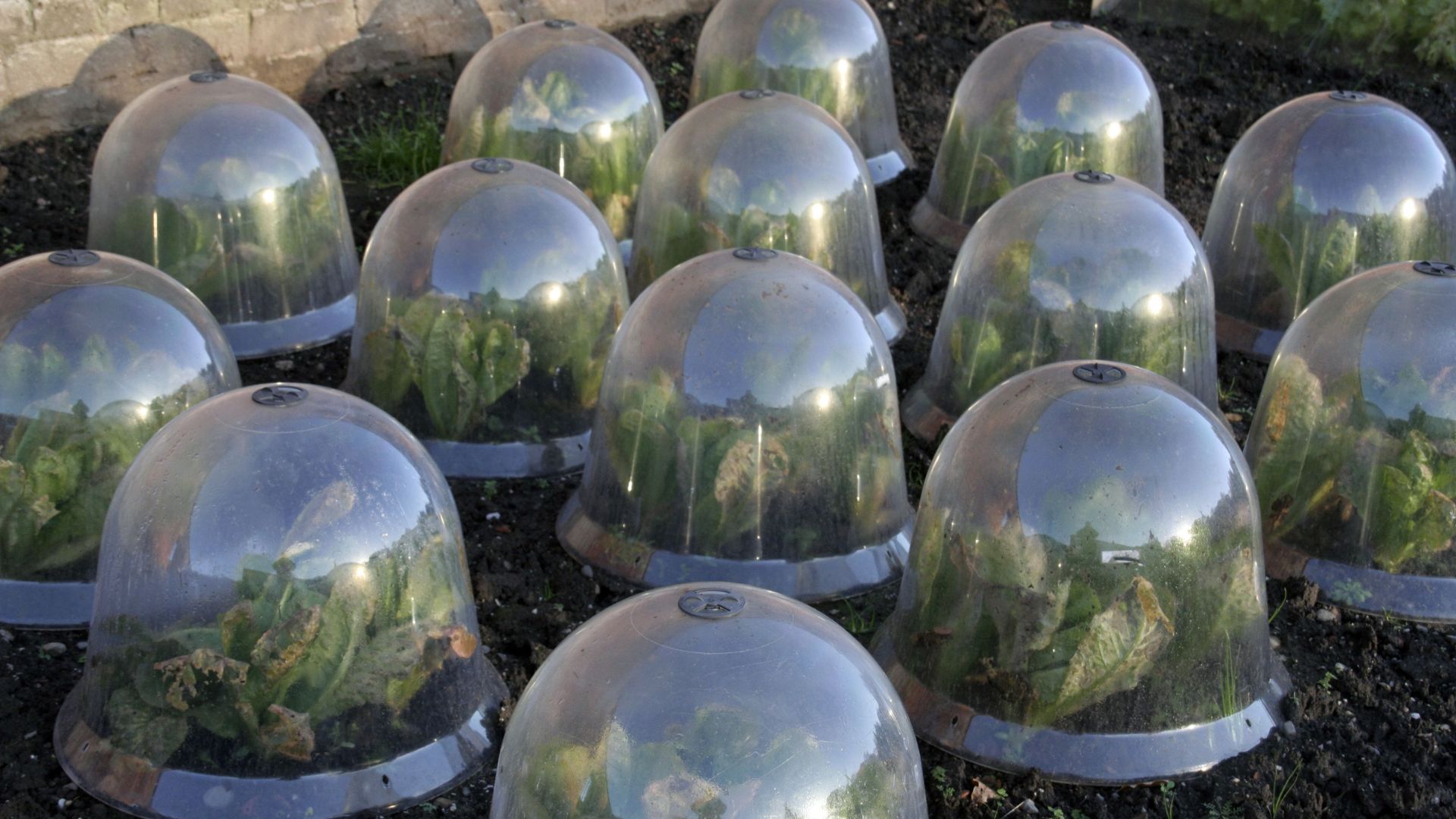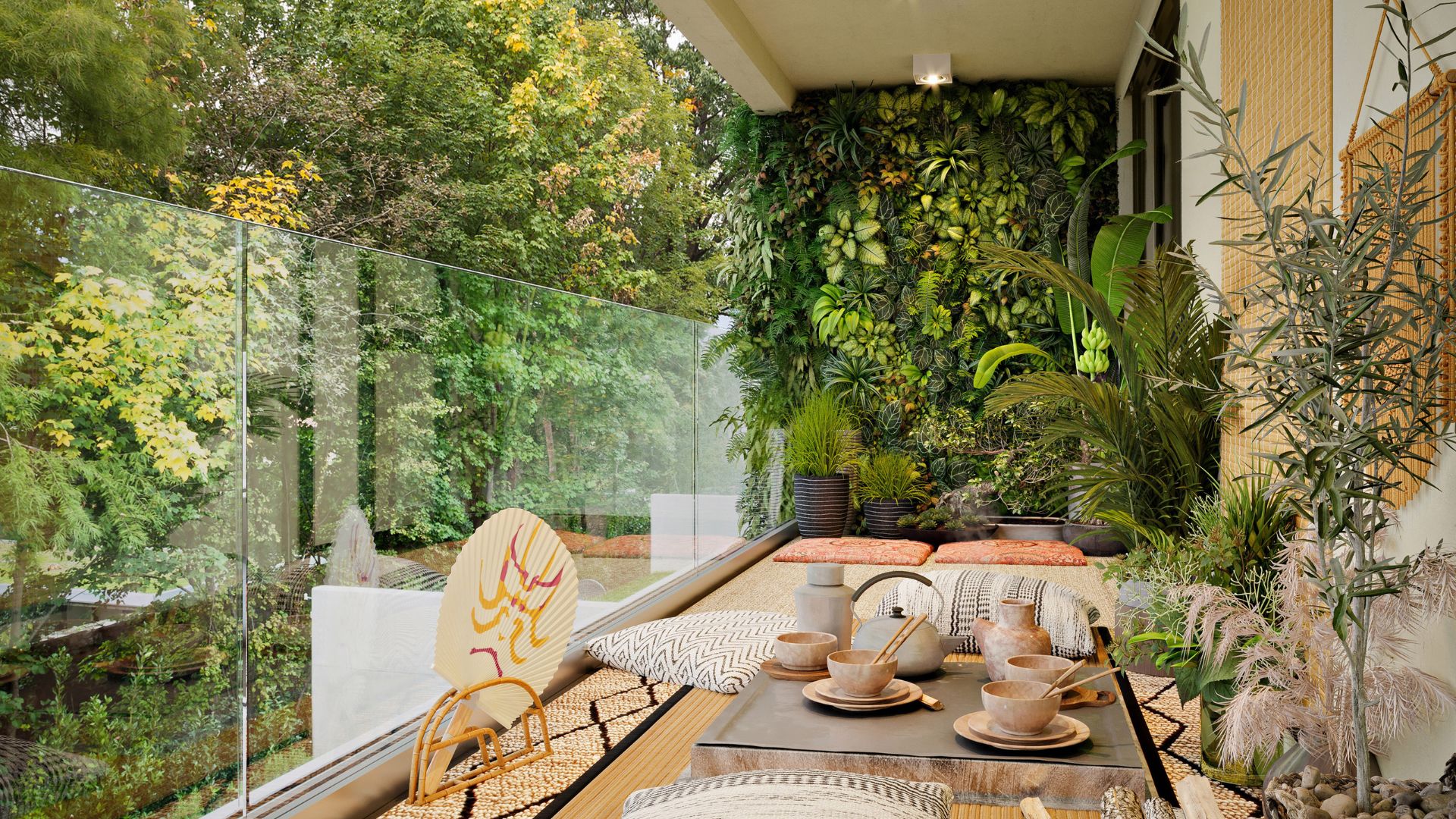Shaded areas need outdoor plants to transform dark or underutilized corners of gardens into vibrant, functional spaces. In South Africa, many homes have patios, side yards, or spaces under trees that receive limited sunlight. By choosing suitable shade-tolerant plants, homeowners can enhance aesthetics, improve air quality, and increase the usability of shaded areas. Moreover, thoughtful plant selection adds texture, color, and life to previously overlooked parts of the garden.
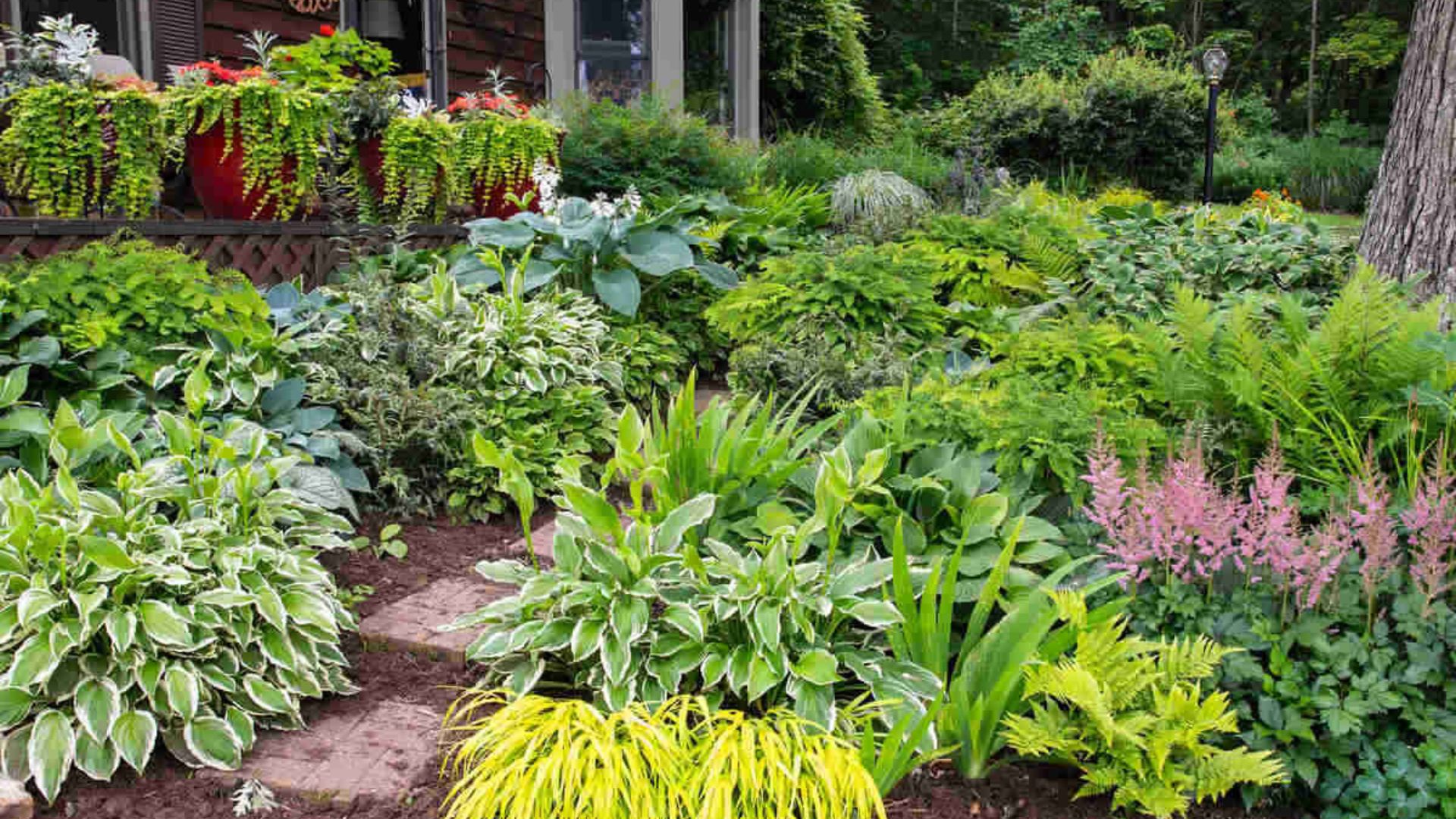
Benefits of Planting in Shaded Areas
Integrating plants into shaded areas provides several key benefits. First, it improves garden aesthetics by adding greenery where sunlight is limited. Second, plants help regulate temperature and humidity, creating a comfortable microclimate. Third, shaded plants support biodiversity by offering habitats for insects, birds, and small animals. Additionally, shaded greenery reduces soil erosion and provides natural cooling in urban and suburban settings.
Economic Advantages
Shaded areas with outdoor plants can increase property value and appeal. Well-planned gardens attract buyers and create a sense of luxury and care. Furthermore, strategically placed plants can reduce energy costs by cooling surrounding areas naturally. This makes shaded landscaping both attractive and practical.
Environmental Advantages
Shaded plants contribute to environmental sustainability. They prevent soil erosion, improve air quality, and promote local biodiversity. Shade-tolerant species often require less water, which is ideal for South African climates prone to drought. By planting in shaded areas, homeowners can reduce their environmental footprint while creating healthy, thriving spaces.
Choosing the Right Shade-Tolerant Plants
Selecting the appropriate plants is critical for shaded areas. Factors to consider include light levels, soil type, water availability, and growth habits.
1. Ferns and Foliage Plants
Ferns thrive in low-light conditions and add lush greenery to shaded spots. Their texture and leaf shapes create visual interest and soft edges in garden designs. Similarly, foliage plants like hostas or calatheas provide color and structure in low-light areas.
2. Shade-Tolerant Flowering Plants
Several flowering plants can thrive in shaded areas, including impatiens, begonias, and fuchsias. These species add vibrant color and attract pollinators, enhancing both the beauty and ecological value of shaded spaces.
3. Ground Covers
Ground covers, such as ivy, moss, or ajuga, reduce erosion, suppress weeds, and create cohesive green layers. They soften hardscape areas and make shaded zones appear lush and inviting.
4. Shrubs and Small Trees
Some shrubs and small trees can adapt to partial shade, including camellias, hydrangeas, and certain acacias. These plants provide structure, height, and seasonal interest in shaded areas, improving overall garden design.
Designing Shaded Outdoor Spaces
Effective design ensures that shaded areas are both attractive and functional.
Layout and Placement
Arrange plants in layers from ground covers to shrubs to small trees. This approach creates depth and visual appeal while optimizing the use of limited light. Pathways and seating areas can be integrated to enhance usability.
Color and Texture
Combine different shades of green and contrasting leaf textures to create dynamic visuals. Even in low-light areas, variations in foliage and flower color can make shaded spaces appear lively and inviting.
Sustainable Practices
Shaded areas benefit from mulch and organic fertilizers, which improve soil health and moisture retention. Efficient watering, such as drip irrigation, ensures plants receive adequate hydration without wasting resources. These practices support sustainable, long-lasting garden health.
Lifestyle and Wellness Benefits
Shaded garden spaces provide calm, relaxing retreats. Spending time in shaded greenery reduces stress and encourages outdoor activities. Additionally, these areas offer social spaces for gatherings, meditation, or quiet reflection, contributing to mental and physical well-being.
Challenges and Solutions
Challenges include limited sunlight, soil compaction, and moisture control. Choosing shade-adapted plants, improving soil with compost, and installing efficient irrigation systems address these issues. Proper planning ensures shaded areas remain attractive and functional throughout the year.
Conclusion
Shaded areas need outdoor plants to maximize garden potential, improve aesthetics, and create functional, sustainable spaces. Ferns, flowering plants, ground covers, and shade-tolerant shrubs transform dark corners into vibrant, green environments. By carefully selecting plants, layering vegetation, and following sustainable practices, homeowners in South Africa and elsewhere can enjoy shaded gardens that are visually appealing, eco-friendly, and beneficial to both lifestyle and local ecosystems. Shaded outdoor spaces, when thoughtfully designed, offer beauty, relaxation, and sustainability, proving that even low-light areas can become highlights of a garden.






